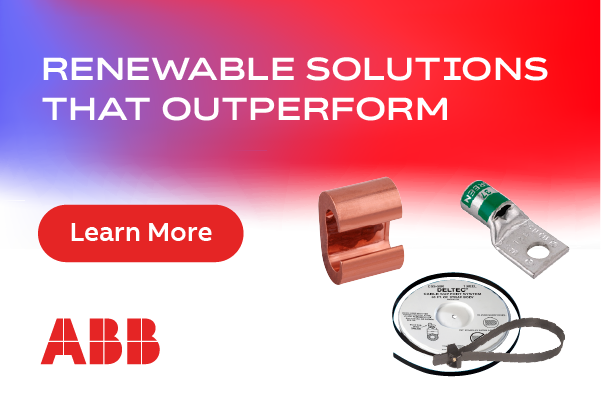Fulcrum3D Sodar Remote Sensing Device Plugs the Growing Gap in U.S. Market
Australian cleantech company Fulcrum3D has timed its market entry into the U.S. well with its innovative FS1 Sodar. Whilst a number of remote sensing devices have recently exited the market for various commercial and technical reasons, customer demand for Sodar technology remains extremely high. The FS1 Sodar's entry is yet another demonstration of the recent consolidation in the wind monitoring industry towards high quality, reputable remote sensing devices. This consolidation has created a fertile opportunity for Fulcrum3D to expand into new markets.

"Sodar technology measures the three-dimensional vertical wind profile using sound rather than light. Sodar units are simpler, more reliable, and are approximately a third of the cost to produce and operate," said Dr. Colin Bonner, CEO of Fulcrum3D.
"The main goal of a wind monitoring campaign is to reduce overall project uncertainty in order to improve bankability and reduce the cost of finance for utility-scale wind farms. The enviable price-performance ratio of Sodar and its performance in complex terrain compared to Lidar technology enables developers to deploy additional monitoring for less cost, more effectively reducing project uncertainty and the duration of a monitoring campaign by reaching financial close more quickly," he continues.
Fulcrum3D's U.S. representative, Simone Lutz, commented, "The reduction in costs and campaign length that can be achieved through the deployment of our Sodar technology is enabling the energy transition to occur in timeframes that were once considered unachievable,"
The Fulcrum3D FS1 Sodar showcases several innovations that will no doubt be very well received in the U.S. market, including an adjustable beam frequency which allows for side-by-side operation with other Sodar units and the ability to ensure that background noise from birds or insects (such as crickets) can be eliminated from the raw data.
In addition to this, the use of three physically fixed arrays avoids the need for an electronically steered array, effectively eliminating the influence of atmospheric temperature variations and the inherent errors that they can produce.
"Our Sodar has been designed from the ground up for the wind energy industry and has been optimized for performance in complex terrain, eliminating the need for CFD or other correction techniques in most instances," Dr Bonner added.
Fulcrum3D's ecosystem includes FlightDECK, a data acquisition portal providing live data access on the fly. FlightDECK captures and stores all the raw data to allow full traceability and upgraded processing functionality. FlightDECK collects, stores and verifies client data for secure download over the web, allowing users to manage and optimize their equipment locations and configurations. FlightDECK data can also be made available via machine-scripted download.
In terms of servicing, the Sodar unit is completely modular, making maintenance and repairs onsite a simple process, avoiding costly downtime or the need to return a unit to the manufacturer. Reinforcing Fulcrum3D's long-term commitment to the U.S. market, Ms. Lutz added, "we are looking forward to providing high levels of service and support to our North American clientele for decades to come."
To strengthen this commitment, Fulcrum3D is pleased to announce that it has recently appointed Capital City Renewables (CCR) as an official reseller in the U.S. market. "We are excited to be partnering with CCR, who are well known for delivering highquality wind energy assessment services throughout the United States," Ms. Lutz concluded.








